
1. iOS is a very versatile system, allowing the author to distribute books via different sets of tools and channels.
2. iOS users are more willing to buy the content – due to convenience (in-app, one-click purchases) and the nature of iOS ecosystem – a huge offer of apps, many of them for free or sold in a freemium model.
That’s why many authors want to find and define the best way to enter the iWorld. However, it’s not that easy as in Kindle Store. There are many factors which have to be taken into consideration.
To make the analysis as clear as possible I’ll split it into two stages: distribution and promotion.
Distribution
If you have a Kindle e-reader, you can buy e-books from Kindle Store. If you have a Nook, you can buy e-books from Barnes&Noble. E-readers are dedicated not only to reading, but also to e-bookstores. The device is the access point.
Tablets and smartphones are multi-purpose devices (MPVs) and this is what makes a difference. The access point to books is not a device itself, but the application. Many apps. There are so many of them, that the user at a certain point will want to limit their number to most important and useful ones. This applies also to books.
There are three main channels through which books in the iWorld are sold:
1. AppStore
2. iBookstore/iBooks
3. E-reading applications from other bookstores
AppStore
Apple’s store with applications is in my opinion a true phenomenon. Currently there are over 350,000 apps offered. At the time of the iPad/iBooks launch there were 120,000 book apps in AppStore – twice as much as books in the iBookstore.
AppStore is a strong alternative to typical bookstore. You buy an app from the application store, not a book from the bookstore. This can be a promise for many users to find something unexpected, fresh and as attractive as other apps. By “attractive” I mean: enhanced with audio and video, interactive, animated, using all the possibilities iOS interface is offering.
AppStore is also the golden example of how generous iOS users can be. Buying an app is not a big deal for us (yes, I’m also a heavy application buyer). A dollar or two, you can spend it to test the app, even if you’ll never ever use it again.
Besides e-reading applications, which are the access point and reading interface of e-bookstores (like Kindle for iOS, Kobo, Nook, Google eBooks), books are sold here as standalone applications. To produce such a book you have to either be a web developer or hire one. The cost of producing a simple book app is usually a few hundred dollars.
However, simple book apps are not attractive at all – if they are compared in the same category with enhanced ones.
You also have to keep in mind that the price of such a book should be comparable to other apps – which in most cases is 5 dollars at most.
iBookstore
Many iOS users associate books with iBooks and iBookstore. They usually start reading books using iBooks – until they discover better alternatives.
Practically, the only advantage of using iBooks is convenience. You can buy books from iBookstore within the app. This is the competitive edge Apple has over its competitors like Amazon or B&N. To buy books from the apps of those e-bookstores, you have to switch to Safari browser. Amazon’s famous 1-click purchase doesn’t work on the iPad or iPhone.
There is also one more thing we have to keep in mind. Apple has changed AppStore rules. Now if the e-bookstore wants to sell book from outside the app, it will have to enable such option inside the app. Result: Apple will take a cut from every book purchased, because users will choose the in-app way, which is more convenient. What can this cause is uncertainty about the presence of other e-reading apps in AppStore. If they are not adjusted to new rules, they’ll be removed.
Other e-reading applications
Most popular applications from other e-bookstores and content providers are Kindle for iOS, Kobo, Nook, Stanza, Google eBooks. Many iOS device owners are registered users of those e-bookstores, so sooner or later they will download the proper app and play with it.
And this is where the complex nature of iOS ecosystem lies: readers are spreading among many apps e-bookstores, options and functionalities. Many users keep a couple of e-reading application on their devices, but with a time they will select one of them as a primary tool to buy and read e-books.
* * *
Which channel is most effective?
There are two scenarios, depending of the kind of the book you want to publish:
1. Enhanced book » AppStore
2. Simple book » multi channel
If you plan to create an enhanced, interactive book, full of pictures and animation (f.e. children’s book or a graphic novel), the best path to follow is the AppStore. Developers who make outstanding e-book applications for kids are Bold Creative (creators of “The Heart and the Bottle” children’s book, shown below), Game Collage and Loud Crow Interactive. Check them out, they set up the standards, what translates into users’ expectations.
For a useful advice on how to publish your own book app, visit The Bookwright, a great blog by Tom Evans.
If you want to have a cheaper option for enriched book, you can prepare and ePub file with embedded pictures and place it in iBookstore or Kindle Store. Both iBooks and Kindle for iOS are capable of showing not only pictures but also of playing video and audio.
What you have to take into consideration, however, is that your book will be distributed as a book not as an app, and that means you’ll have to spend more time and effort to tell users about it – your amplified book will be available not where they expect it to be.
Second option: your book is text based and what you just want to achieve is to make sure it’s available for readers using iOS devices. Going only to iBookstore in my opinion is not worth the effort. It’s a small e-bookstore, ten times smaller than Kindle Store and it’s not growing as fast as other bookstores. It’s not intended to other platforms, but to be a default choice for iOS users. It’s also not easy to use Apple’s self-pub service, but if you’re determined, you can always try an easier option – Lulu.com.
It’s also not productive to publish a book in each and every e-bookstore separately (like via KDP for Kindle or PubIt! for B&N).
Is there a better, more efficient alternative? Sure. Use one of the self-publishing services offering multi-channel distribution. The most important thing is that you publish your book once and it’s being distributed to many e-bookstores, so that it’s available to iOS users no matter which application they use.
The services to recommend are:
Smashwords – the most popular self-publishing site, with distribution to Barnes&Noble, Kobo, Sony eBookstore and, yes, iBookstore.
Fast Pencil – the distribution list includes Kindle, Barnes&Noble and Sony eBookstore. However, this is a paid plan, you have to be prepared to pay $149.99.
Narcissus – the new, Italy-based self-pub service. The English localization is coming soon with the option to distribute your book to Barnes&Noble, Kobo, Copia and Blio.
Promotion
If you choose the AppStore way, you have to follow the rules specific for this ecosystem. It’s a whole new world and it’s good to get a concise advice from professionals. Just watch this short video and you’ll have a clue of what you’ll have to be prepared for:
Second scenario. If your book is reaching iWorld via e-bookstores, all what you have to do is to address the owners of iPad, iPhone or iPod Touch devices in your promotional activities.
As I’m the author of geek fiction stories, I very much focus on finding ways to reach and convince the users of iOS devices to buy my books. What I’m mostly interested in is to find creative ways of promotion, which don’t involve money.
Here is a list of tools and ideas:
Target iOS users in social media
If you are using Twitter, the easiest way to do it is to use proper tags, like #iPhone or #iPad. But you can go further than that. For example you can tell iOS users that they can download your books directly from a tweet. Not too many people know about it, but, yes, it’s possible and I described it in this post.You can go one step further – and tell tweeple they can buy your book directly from a link shared on Twitter. This is possible when users have Kindle application and you have a book in Kindle Store.
Share tips for iOS users
Selling books for iPad and iPhone is a complex task. So is reading and finding them. There are many apps, none of them ideal. Readers need help, and they search the web for answers. If you write a post on how to add books to iBooks without connecting to iTunes or how to read Adobe DRM-ed books on the iPad, you don’t have to find your readers – they will find you.
Show your book in iOS interface
This could be done on many levels. The easiest way is to mention the devices and applications on your blog post. You can also show a screenshot of your book made on the iPad or iPhone. Use it in a blog post together with the book’s cover.
Cover. There’s also a huge potential here. Try to paste it into the picture of the iPhone or iPad, so it perfectly fits the device’s screen.
I went even further than that and designed the book covers looking like mobile interface very similar to iOS. That way the book becomes an inseparable part of the iPad and iPhone world.
* * *
I hope you found this post useful. Please feel free to share your comments and knowledge and come back for more tips on self-publishing and mobile reading.
Recommended reading
- How to publish your book on the iPad – The Creative Penn
- How to publish your book on Kindle and iPad – BubbleCow
- How to self-publish books for iPad – Inc.
- How do I get a book on the iPad’s iBooks bookstore and app – 3ones
- AppStore lessons – 6 ways to better promote your application – Ars Technica
- How did you get on the front page of the AppStore? – Bold Creative Project Blog
Get an Editorial Review | Get Amazon Sales & Reviews | Get Edited | Get Beta Readers | Enter the SPR Book Awards | Other Marketing Services



![Password Incorrect [Geek Fiction Stories Vol.1]](https://www.passwordincorrect.com/wp-content/uploads/2010/10/iPhone4_pi1-138x300.png)






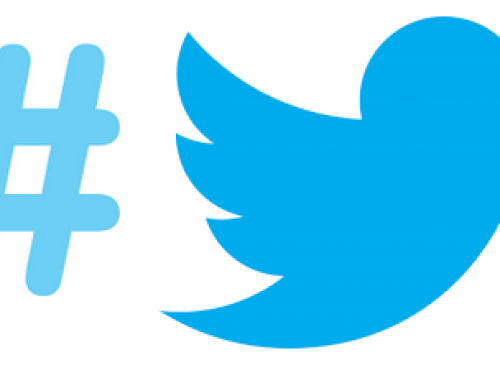

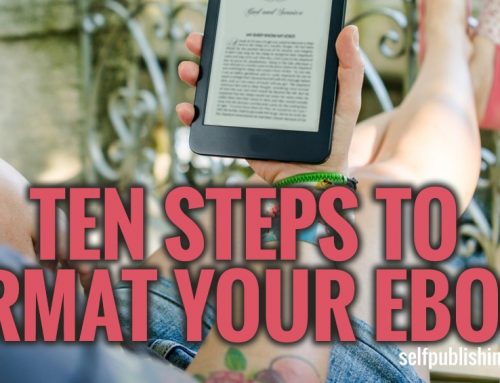
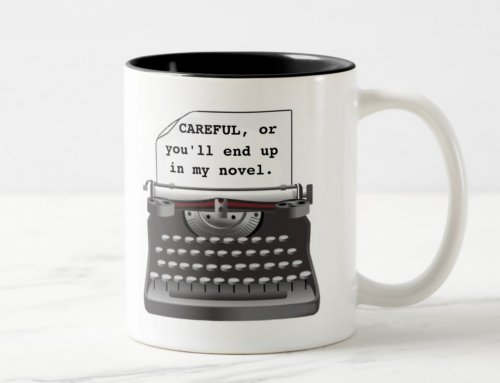
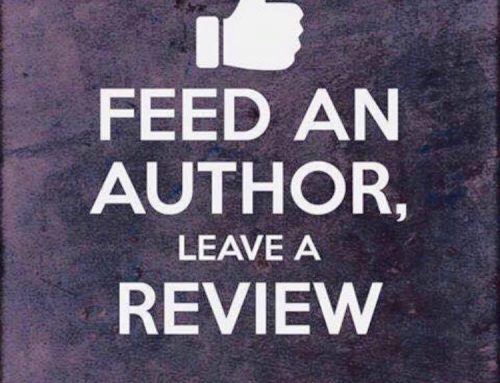
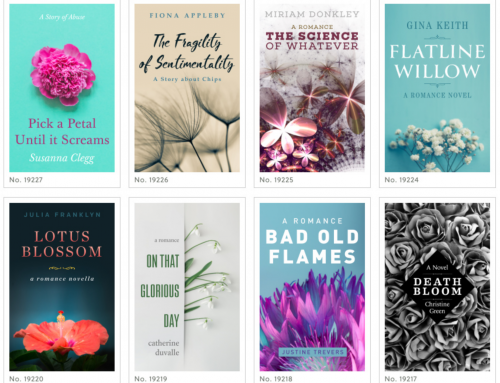
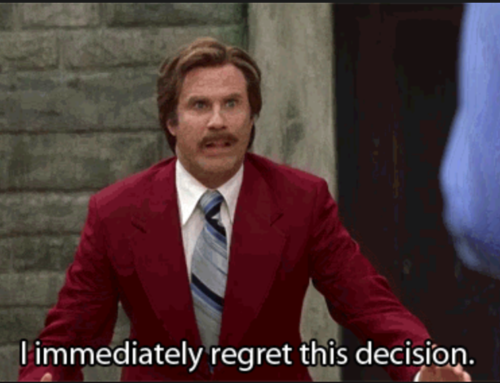

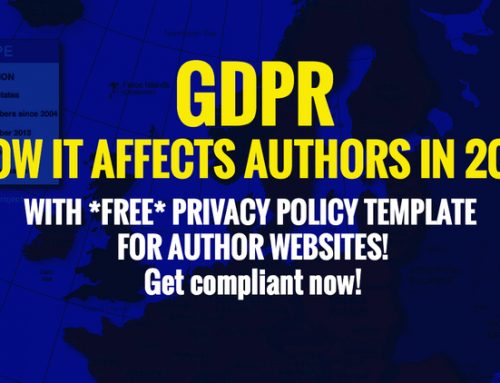
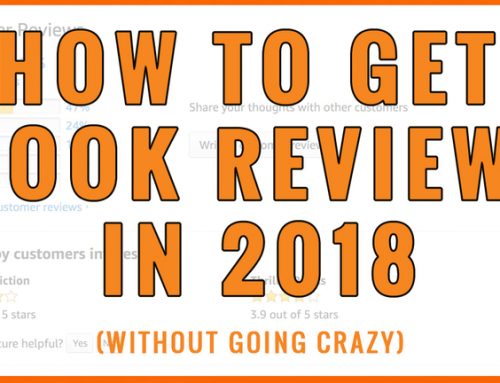

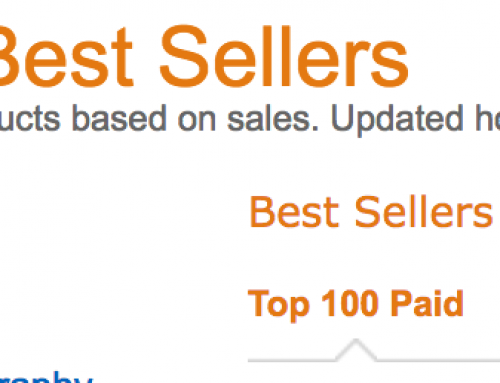

You said: “It’s also not productive to publish a book in each and every e-bookstore separately (like via KDP for Kindle or PubIt! for B&N).”
In my experience with “Chasing the Runner’s High” (follow the link for more info), you are wrong here. If you publish directly to these vendors, your book gets up faster and you have much more control over the format and presentation. Then you use Smashwords (or the like) to cover the rest of the markets, ones that don’t allow free access to individuals (Apple) or don’t really matter all that much because of their minuscule market share (all the others).
The most convenient way is to use the Kindle Store and Smashwords – but that’s from my experience. I use Smashwords to deliver content to B&N and iBookstore. I wouldn’t be able to do it directly, anyway, as I’m not living in US.